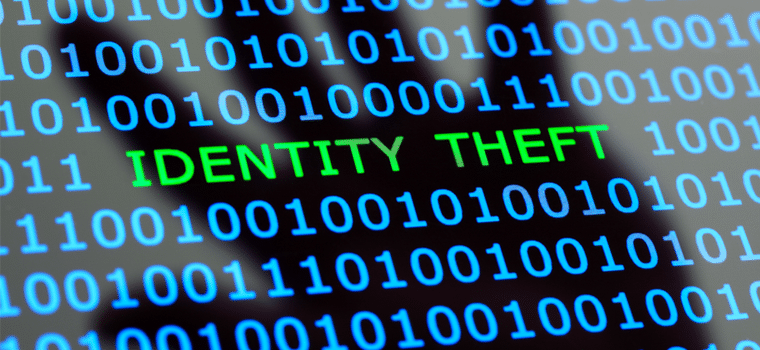Millions of U.S. consumers are victims of identity (ID) theft every year, with credit card fraud as one of the leading crimes. In 2018, 167,000 individuals had a credit card opened in their name by someone else, and account takeovers (where someone uses your personal information to acquire products and services) rose by 79%.
Unfortunately the theft trajectory keeps growing. For the first half of 2019, more than 100,000 people were victims of credit card fraud. With crime so pervasive, consumers want to know how to fix identity theft in the aftermath of fraud.
Undoing the damage from identity theft can take up to six months and an average of 200 hours, according to the SANS Institute. What steps should you take to report the theft and to re-establish your identity? Follow this thorough step-by-step guide to ID theft recovery.
What To Do If Your Identity Is Stolen
Cybercriminals can use your identity in a myriad of ways. If you’re billed for items or services you didn’t buy, get calls from a debt collector about an account you never opened, or are denied a loan or mortgage, there’s a chance you’ve become a victim of ID theft.
Before you begin the recovery process, remember you’re not alone. In 2018, 14.4 million people were hit by some form of fraud, and about 10% of Americans reported they were victims of identity theft.
Step 1: Call Your Bank
If you’re a victim of identity theft, your first task is to notify the bank or creditor that issued you the card as soon as possible.
Take note: You may need to contact these entities again once you’ve filed an Identity Theft Report through the Federal Trade Commission (FTC) (see step 4).
Step 2: Change Account Entry
Create new passwords, personal identification numbers, and logins so no one else will have access to your accounts or information.
Step 3: Contact the Credit Bureaus and Place a Fraud Alert on Your Credit Reports
Alert each of the the major credit bureaus, TransUnion, Equifax and Experian, and ask them to initiate a fraud alert.
A fraud alert lets lenders know to take extra precautions to verify your identity and contact you to get approval before opening any new credit in your name. Be sure to compare your credit reports from all three bureaus for errors or discrepancies that could signal fraud. For your convenience, you can obtain all three credit reports at once here.
Placing a fraud alert won’t cost anything, and it won’t negatively impact your credit score.
Step 4: Submit an Identity Theft Report
When you report an identity theft through the FTC at IdentityTheft.gov, you’ll get a detailed plan that includes all of the forms and letters you’ll need to successfully complete the recovery process.
Step 5: Contact the Police
Visit your local police station to alert the authorities of the ID theft. Bring the following documentation:
- Photo ID
- Proof of address (mortgage, credit card statement, utilities bill)
- Proof of the ID theft
- Copy of the Identity Theft Report
Step 6: Close Your Accounts
If an account has been opened in your name, contact the business immediately. Explain that you’ve been a victim of identity theft and request the account be closed. Next, ask the business for a letter that confirms it knows the fraudulent account isn’t yours and that it’s being removed from your credit report.
Step 7: Get Inaccurate Charges Removed
Once all of the breached accounts are closed, be proactive and file a dispute with all three credit bureaus, TransUnion, Equifax and Experian to get the bogus accounts removed from your credit reports. While this takes time, it’s a vital step to fix ID theft.
Step 8: Add a Credit Freeze
You can prevent any access to your credit report with a credit freeze. The freeze stays in place until you remove it. To access this free service, contact the credit bureaus.
You can also ask the credit bureaus for an extended fraud alert, which requires an extensive verification before a company can access your credit reports. Extended fraud alerts last seven years.
Step 9: Replace Stolen Cards and Identification
If your driver’s license was stolen, obtain a new one from your local Department of Motor Vehicles. You’ll also need to be proactive by reporting a stolen passport and then replacing it.
For a stolen Social Security card, replace it here. Report the fraud to the Office of the Inspector General if the card has been used to create or access an account.
Step 10: Contact Other Service Providers
Contact your utility and telecommunications providers to ensure there are no unauthorized accounts opened up in your name. If the thief was successful in establishing a new account, request it be closed.
Taking charge to correct identity theft can be challenging, but it’s vital to protecting your credit and long-term financial future.





